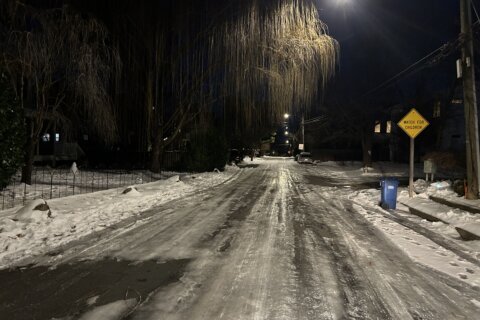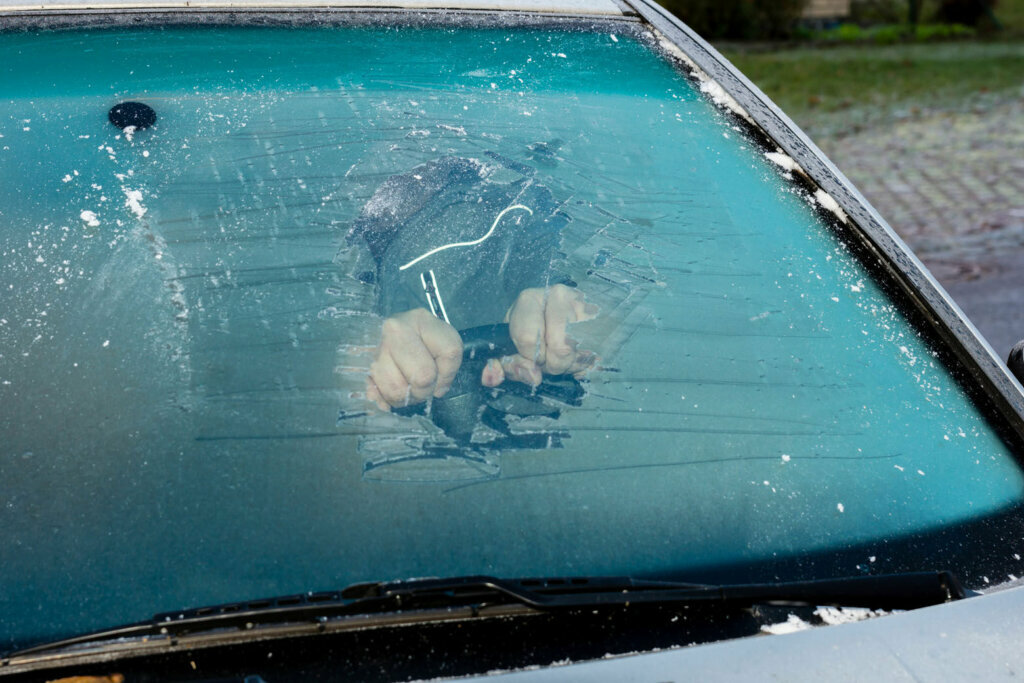
The National Weather Service issued its first overnight freeze warning of the season for the D.C. area on Tuesday, with sub-freezing temperatures gripping the far northern, western and southern suburbs from 2 a.m. until 10 a.m. Wednesday morning.
A frost advisory is also in effect for the wider region during the same time period, with patchy frost possible inside the Beltway.
Freeze Warnings and Frost Advisories for tonight have been expanded somewhat. Take steps to protect tender vegetation and crops. pic.twitter.com/UMlbp1jev8
— NWS Baltimore-Washington (@NWS_BaltWash) November 2, 2021
“Since temperatures are already very cool, they will easily drop to near the freezing point in the northern and western suburbs after midnight,” said Storm Team4 meteorologist Matt Ritter. “D.C. and points east, it will be quite chilly and there is some potential of patchy frost, but it won’t be as severe as the rest of the area.”
The rest of the week will be dry but unseasonable cool, with nighttime lows hovering near the freezing point again.
Although this area is no stranger to freezing temperatures in late fall and winter, the first dip into this range can catch people by surprise and, if unprepared, cause some problems. Here are a few tips to prepare for the first freeze.
Protect the plants
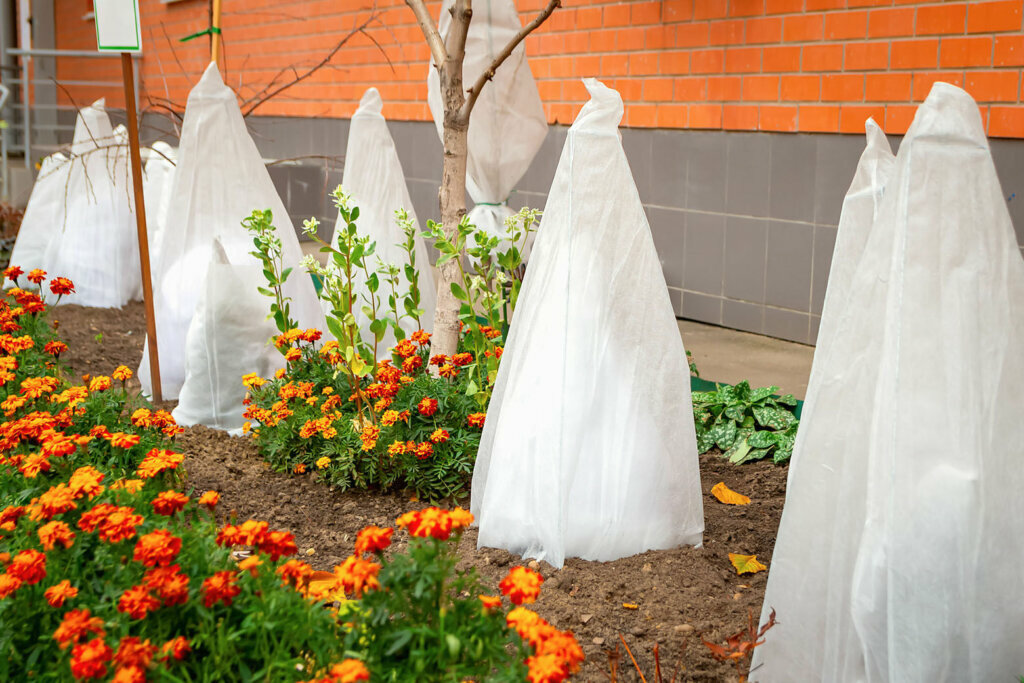
Freezing conditions — even a light frost — can kill outdoor plants and crops. The Old Farmer’s Almanac has the following advice:
- Lightly water the soil. Water holds heat better than dry soil and protects roots. Avoid soaking the ground, as that can cause freezing.
- Cover sensitive flowers and vegetables on frosty or freezing nights.
- Mulching your garden with straw, pine needles and wood chips can preserve heat and prevent frost.
- Bring any houseplants or sensitive outdoor plants indoors before the first frost occurs.
Protect the pipes
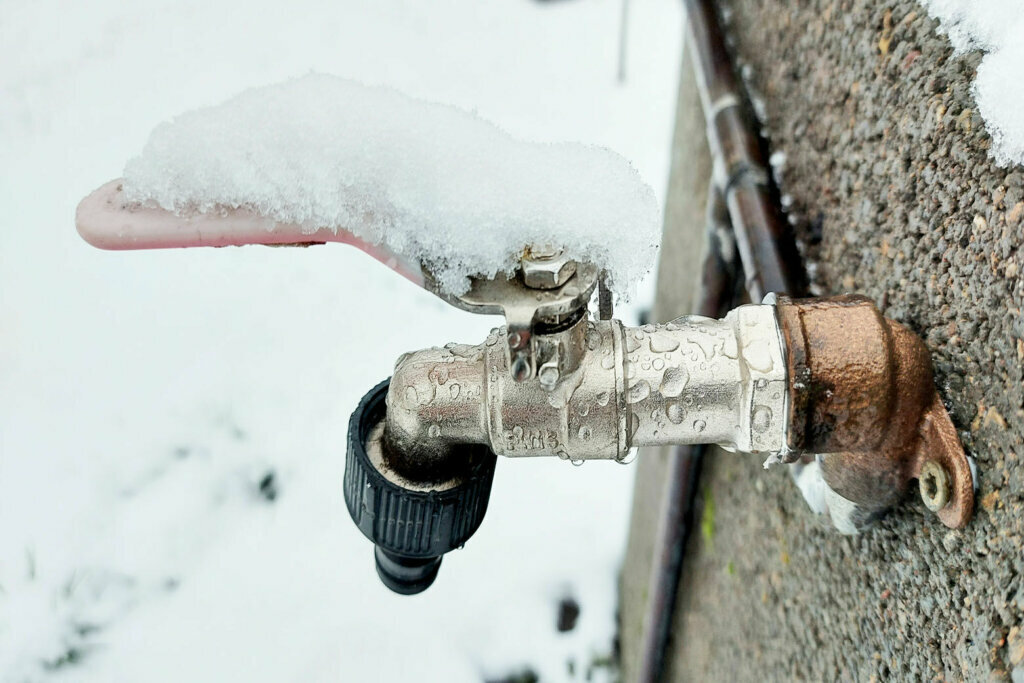
Water expands when frozen. As such, pipes large and small are at risk of freezing or bursting if the temperature drops and they are full. To prevent this:
- Wrap, drain or set up a slow drip for pipes exposed to freezing temperatures.
- Drain and shutoff any outdoor sprinkler system.
- Cover any above ground pipes outdoors.
Protect your car
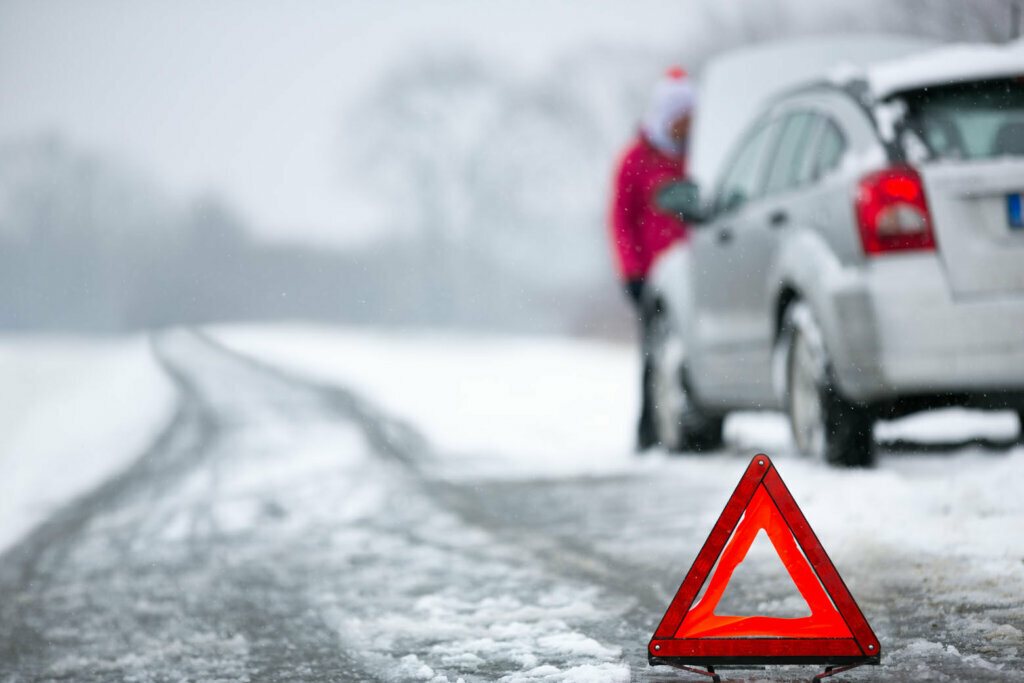
Believe it or not, AAA says it responds to more calls for damage to cars because of freezing temperatures than they do for heavy snowstorms. Although most vehicles can handle cold weather, there are a few basic — and quick — maintenance steps to prepare your car for freezing temps.
- Check and charge your battery. Freezing weather can negatively affect your car battery’s ability to keep its charge and start the car. Don’t wait until you’re stranded in a mall parking lot. Have a technician make sure your battery and charging system are ready for the winter.
- Check the tire treads. Your tire traction is essential to handling icy and slippery conditions. A quick way to change your tread is to take a U.S. quarter and slip it into a tread groove with the top of Washington’s head facing down. If you can see the top of Washington’s head, it’s time to start shopping for new tires.
- Check your tire pressure. Cold weather causes air pressure to drop — typically 1 PSI for every 10 degrees Fahrenheit. Any time the temperature changes, double check your tire pressure to make sure PSI is within the manufacturer’s recommended range.
- Check and/or replace wiper blades. If wiper blades fail or wear down, it can leave gaps where ice and slush can build up and hurt visibility. Run a test and replace the blades before the first ice storm arrives.
- Check and replenish coolant and washer fluid. In addition to keeping the windshield clean and the engine from overheating, washer fluid and coolant also have antifreeze components for cold weather use. As winter approaches, check the levels and top off if needed.
- Prepare a safety kit. AAA recommends having a safety kit in your car in case of accidents, or emergencies such as being stranded on the side of the road. Among other things, the kit should include jumper cables, a de-icer agent in case windows freeze, a flashlight, a shovel and blankets.
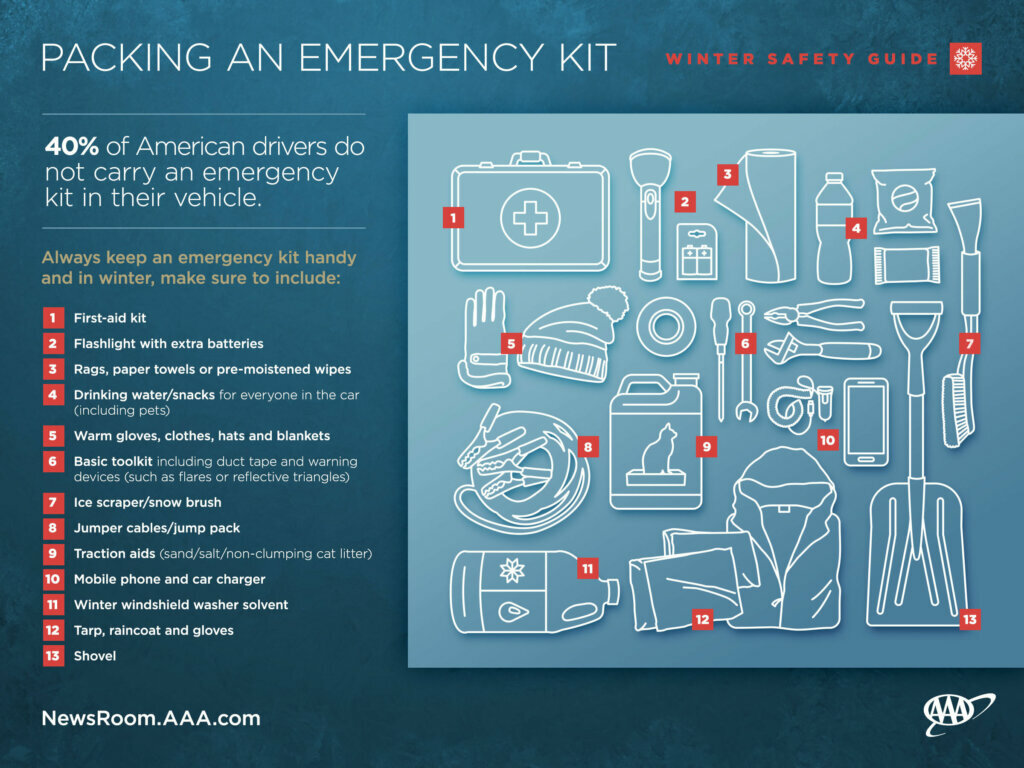
- Listen to WTOP online and on the radio at 103.5 FM or 107.7 FM.
- Current traffic conditions
- Weather forecast
- Closings and Delays
- Sign up for WTOP alerts
Forecast:
- Wednesday morning: Becoming mostly clear. Cold. Widespread frost likely northwest and southwest of D.C. Patchy frost possible in the rest of the WTOP listening area.
- Wednesday: Mostly sunny, pleasant but unseasonably cool. Highs in the mid 50s.
- Thursday: Partly sunny and still cool. Highs in the mid 50s
- Friday: Mostly cloudy and cool. Highs in the upper 50s.
Current conditions:
The Associated Press contributed to this story.




